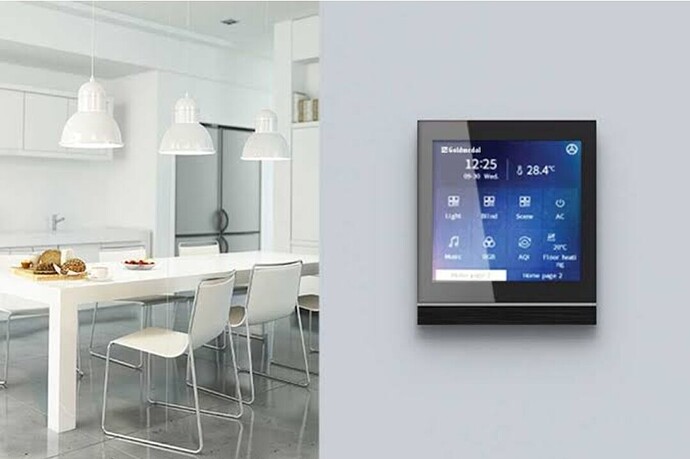Smart home technology has become an essential component of modern home renovations, offering both convenience and energy efficiency. Smart thermostats and home automation systems allow homeowners to control heating, cooling, lighting, and appliances more effectively, resulting in lower energy costs and improved comfort.
Smart thermostats are designed to regulate indoor temperatures efficiently. They learn daily routines, adjust settings automatically, and provide precise control over heating and cooling systems. For example, a thermostat can lower temperatures during periods of absence and increase them when the home is occupied. This reduces unnecessary energy consumption while maintaining comfort. Many smart thermostats also provide energy usage reports, helping homeowners identify areas for additional savings.
Remote control and scheduling are key features of smart thermostats. Homeowners can adjust settings from smartphones, tablets, or computers, allowing real-time responses to changing conditions. Scheduling features enable precise temperature control for different times of day, ensuring heating or cooling systems operate only when needed. This flexibility contributes to both energy efficiency and cost reduction.
Integration with other home automation systems enhances energy savings. Smart thermostats can communicate with sensors, smart lighting, and smart appliances to optimize energy use. For instance, motion sensors can detect occupancy and adjust heating, cooling, or lighting accordingly. Integration with window sensors can trigger changes when doors or windows are open, preventing energy loss. These coordinated systems create a more efficient and responsive home environment.
Energy monitoring and alerts are additional benefits. Smart systems provide detailed data on electricity, gas, or water usage, helping homeowners identify patterns and reduce waste. Alerts for unusual consumption, system malfunctions, or maintenance needs allow timely intervention. This not only lowers energy bills but also extends the life of appliances and heating or cooling systems.
User-friendly interfaces and customization make smart thermostats accessible and convenient. Homeowners can set preferences for different rooms, create seasonal schedules, or customize modes for specific activities such as sleeping or entertaining. Voice control through smart assistants adds further convenience, enabling hands-free operation and increased accessibility for all members of the household.
Cost savings and environmental impact are important considerations. By reducing unnecessary energy consumption, smart thermostats and home automation systems lower utility bills and decrease the household carbon footprint. Over time, energy-efficient operation offsets the initial investment, making these upgrades both financially and environmentally beneficial.
Installation and compatibility are important factors. Many smart thermostats are compatible with existing HVAC systems, but homeowners should verify compatibility before purchase. Professional installation ensures optimal performance, correct calibration, and integration with other smart devices.
In conclusion, smart thermostats and home automation provide a practical approach to energy efficiency, convenience, and cost savings. By automating temperature control, integrating with sensors and appliances, and providing detailed energy monitoring, these systems enhance comfort while reducing energy waste. Homeowners who adopt smart technology can enjoy a more efficient, responsive, and environmentally responsible home that meets modern livin
g needs.

